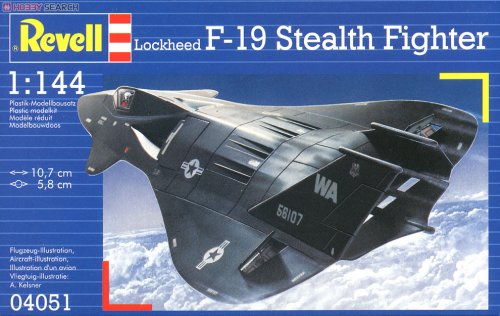During the 1980s Kingston were also studying an unmanned fighter aircraft (UFA), the P1224. This was a supersonic aircraft capable of being launched from a short ramp on the back of a Land Rover (using rocket boost) and of recovering vertically back onto the vehicle. This was effected in a tail-sitting attitude using a pole mounted ‘hook and hoop’ recovery system similar to that of the Ryan X-13. For transport and storage it could be broken down and placed in a hermetically sealed container. A number of variants were looked at with ventral or dorsal intakes, fuselage or wingtip-mounted fins and tailed or tail-less layouts. All were much smaller than any manned fighter, with lengths of 17-30 feet and spans of 11-15 feet. Reheated Adour or Viper engines were proposed with the rear nozzle capable of vectoring in all directions as on the Sukhoi Su-37. In co-operation with blown ailerons this gave control in the transition and hover. The mission equipment included either a FLIR or Blue Vixen radar and a pair of AMRAAM missiles. The basic concept was that these ‘Ferrets’ should be used to intercept a first wave of Warsaw Pact aircraft heading west over the Inner German Border – anything detected could be assumed to be hostile. The ultimate version of the aircraft, the P1224-8, featured a blended wing/body with a rounded delta wing (in place of the previous swept wing), no fins or rudders and a flush intake. The AMRAAMs were recessed in the upper fuselage and this semi-stealthy design was renumbered P1243. Although it seemed well ‘ahead of its time’, the Kingston UFA concept evoked no formal interest from the UK Services and was terminated in 1988.


